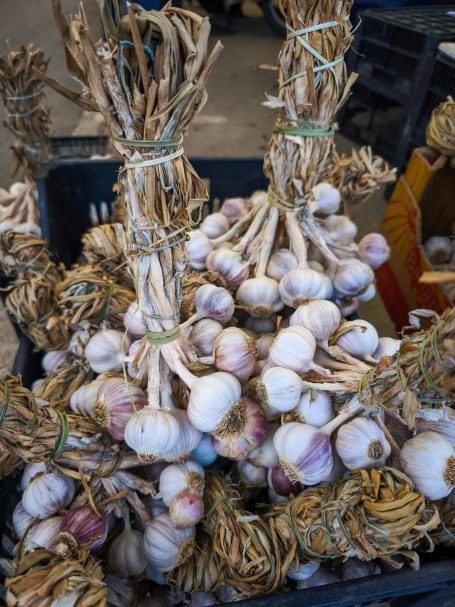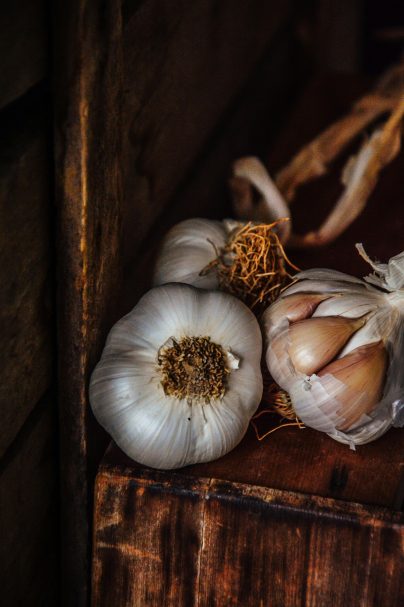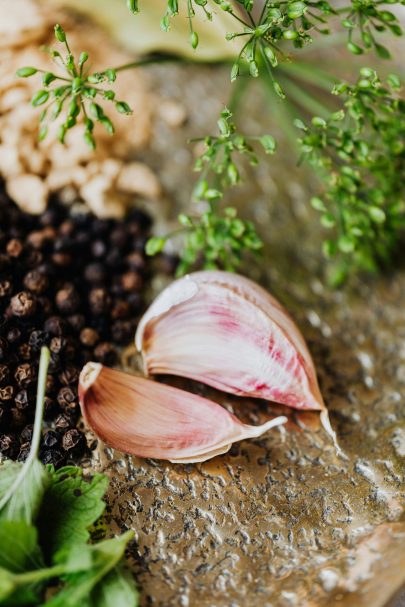Short on garden space? Garlic is perfectly happy in a planter on a patio, balcony or doorstep. The bulbs swell below the surface while tidy green leaves sit above, so you get a generous harvest from a very small footprint. Success comes down to choosing the right type for your climate, using a deep container with free-draining compost, and planting at the right time.
ALSO SEE: The surprising benefits of garden weeds: why some are worth keeping
When to plant and what to plant
Plant garlic in late summer to mid-autumn. Aim for late February through May. Cool weather helps proper bulb formation.
Choose varieties that match your climate. Hardneck types suit colder interiors with winter frosts, such as the Highveld and parts of the Free State. Softneck types suit milder coastal areas with light frost, such as much of the Western and Eastern Cape and KZN coast.

Pexels
Containers and potting mix
Depth matters because garlic is a root crop. Use pots at least 20 cm deep with drainage holes. 8 to 12 litre pots fit a handful of cloves. 20 to 40 litre tubs suit a small grid. Terracotta or thick plastic is fine as long as drainage is good.
Fill with a free-draining mix. Use quality potting soil with compost and add perlite or coarse sand for airflow. The mix should drain quickly but not dry out to dust.
Planting the cloves
Break bulbs into individual cloves just before planting. Keep skins on. Plant each clove point up, about 5 cm deep. Space 8 to 12 cm between cloves. In a larger container, keep 20 to 30 cm between rows if you grid-plant. Water to settle the mix and label the pot.

Pexels
Winter care in SA conditions
Most areas need simple protection only.
-
Frost-prone interiors: give morning sun and cover with frost cloth or an old sheet on freezing nights. Keep the mix lightly moist.
-
Western Cape winter rain: prevent waterlogging. Raise pots on feet, use a sharply draining mix and pull them under cover during long downpours.
Mulch the surface with 2 to 3 cm of compost, leaf mould or straw to steady moisture and temperature.
Spring growth and feeding
Shoots appear in late winter or early spring. Move pots into full sun. Garlic needs at least six hours of direct light a day. Water when the top few centimetres of the mix feel dry. Do not let pots sit in saucers of water.
Feed lightly once plants are 10 to 15 cm tall. A balanced organic liquid feed every three to four weeks is enough. Hardneck plants produce curly flower stalks called scapes. Snip them off so the bulbs size up. Cook scapes like mild garlic.
Watch for mites on leaves and any signs of rot from overwatering. Good drainage and airflow prevent most issues.

Pexels
Harvest timing
Garlic is ready about five to six months after planting. For late summer to autumn plantings, expect harvest from November to January.
Use the leaves as a guide. When the lower third to half of the leaves have yellowed, loosen one plant and check the bulb. If you can see well-defined cloves under tight skins, harvest the rest.
To lift the bulbs, slide a fork or trowel under the roots and ease up. Do not pull by the stems.
Curing and storage
Curing dries the outer skins, so bulbs keep well. Gather plants in small bundles and hang in a shaded, airy place for 10 to 14 days. Softneck types can be braided before hanging. Once necks are dry, trim roots and cut stems to leave 2 to 3 cm above each bulb.
Store in a cool, dark, dry cupboard with airflow. Avoid the fridge for long storage because condensation encourages mould.
Quick answers
Can I plant supermarket garlic? Yes, but choose firm organic bulbs. Certified seed garlic gives more reliable results.
How often should I water? Enough to keep the mix lightly moist. In cool weather, this may be weekly. In hot spells, it may be two or three times a week. Always check the top few centimetres first.
Do I need heavy feeding? No. Garlic dislikes overfeeding in containers. Light, regular feeding during active growth is best.
Key takeaways
Plant from late February to May. Use deep, free-draining containers and mulch lightly. Protect from frost inland and from winter waterlogging in the Western Cape. Harvest when the lower leaves yellow, then cure well for long storage.

